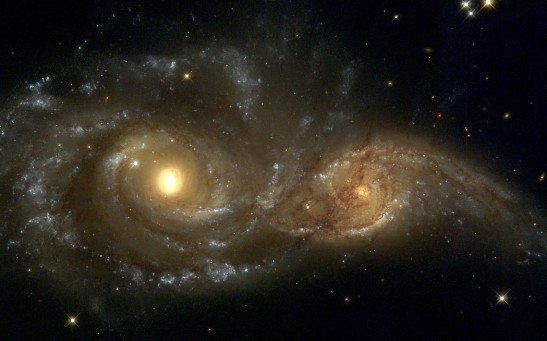elliptical galaxies
Andromeda's Halo and Its Gaseous Glow
Eleven Galaxies on the Run
Could Dark Matter and Black Holes Cause the Swirl In Your Galaxy?
Most Popular

How Technology Is Changing the Real Estate Industry?

Nikolay Karpenko Biography, Photo, Career, Accomplishments

How a Plant-Based Diet Can Protect Against Breast Cancer: Insights from Nutrition Research

The Role of AI in the Next Generation of Logistics: Insights from Tobias Waldhecker






